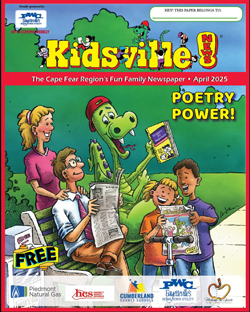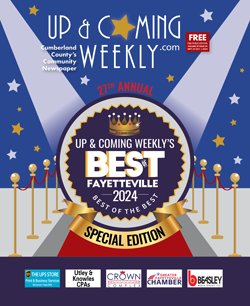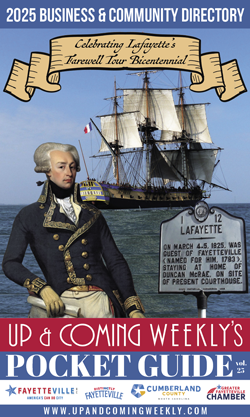Publisher's Pen: Note to City & County: Binary thinking is stinkin thinkin!
- Details
- Tuesday, 28 January 2025
- Written by Bill Bowman
Everyone seems to be very excited about what the New Year will bring. I sure am, especially if our elected officials follow their promises of cooperation and work together for a better, more secure, and prosperous America.
Over the last two decades, America's two-party political system has deteriorated practically beyond recognition. Gradually, our government's responsibilities and loyalties to the American people have shifted to the political parties at all levels, national and local.
We must get our government back on the right track of being responsive to the people at all government levels, not to themselves. This writer believes binary thinking has plagued and infected all levels of the political process.
For those unfamiliar with binary thinking, it's "black or white" thinking that involves categorizing ideas, people, and situations into two distinct opposite groups where compromise is absent. This thinking only acknowledges two non-compromising possibilities and seldom produces positive results, with no results in many cases.
It also dramatically increases the chances of misjudging a person's true character.
As an example of binary thinking, sometimes, we use a single issue or trait of a person to write that person off. Perfect examples are "all Republicans are evil right-wing fanatics," or "all Democrats are progressive left-wing extremists."
This is not the case. People and issues are sometimes highly complex, and we need to take the time to listen, understand, and respect their perspectives. This is the opposite of binary thinking. People are different, and they have different views and insights.
As Americans, we should be more tolerant and respectful and never end up hating someone just because they don't think like we do. Just because we may feel someone's views on a particular issue or subject are terrible doesn't mean that person is terrible. All of us have different ideologies.
Just because your ideology doesn't mirror someone else's doesn't mean that person is not worthy of your friendship and respect. We must get away from this "all or nothing" mindset to benefit from all citizens' ideas, innovations, and knowledge.
Historically, this kind of "binary thinking" has plagued the City of Fayetteville and Cumberland County over the past five decades, hindering growth and prosperity, fostering poor (and sometimes corrupt) leadership, and keeping the entire Fayetteville/Cumberland County community from reaching its full potential.
Fayetteville and Cumberland County need more "critical thinking." Both have significant challenges that can be dealt with swiftly and effectively if the two governing bodies collaborate harmoniously, sharing ideas, solutions, and resources that serve and benefit all citizens.
An added benefit from this positive and cooperative relationship would be it would radiate out to all citizens. Fayetteville is a great place to live, work, and raise a family.
However, I have heard people say, "Fayetteville is its own worst enemy" way too many times. I believe that is caused primarily by two things: One: Binary thinking. We must be more tolerant and respectful of other people's views and opinions and not judge their worth on one issue or viewpoint.
Two: Fayetteville and Cumberland County do an abysmal job telling their story. We do not promote our community, local amenities, achievements, or accomplishments, nor do we celebrate our quality of life. As a result, we let others set our narrative with only negative news reaching the ears of residents and visitors. Up & Coming Weekly has been working to combat this, but we cannot do it alone.
Let this be the year our City of Fayetteville and Cumberland County elected officials and staff exert effort to stifle binary thinking and work together to face this growing community's challenges.
We are off to a great start.
Thank you for reading Up & Coming Weekly, Fayetteville and Cumberland County's community newspaper.

 How to resolve AdBlock issue?
How to resolve AdBlock issue? 











